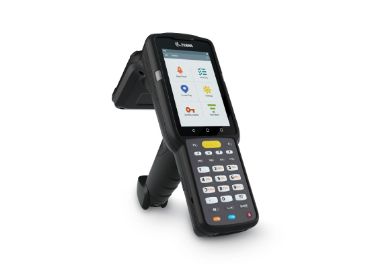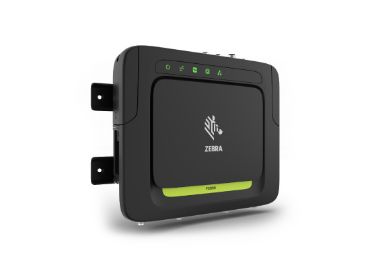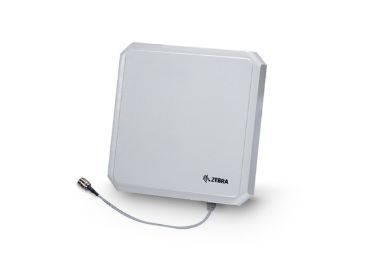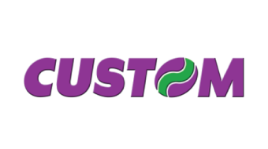RFID Readers
RFID Tag Readers are devices used to scan and recognize information from RFID (Radio Frequency Identification) tags, a technology that utilizes radio waves to communicate data without direct contact. RFID tags consist of a microchip that stores data and an antenna for sending and receiving signals. RFID readers can read information from RFID-tagged chips from a distance without needing direct line-of-sight.
How RFID Readers Work
- Signal Transmission: RFID readers emit radio frequency signals towards RFID tags.
- Tag Response: When an RFID tag receives the signal, the chip inside is activated and sends data back to the reader through its antenna.
- Data Reception and Conversion: The reader captures the returned signal and converts the data into a digital format that can be processed.
Types of RFID Readers
- Fixed Readers: Permanently installed at a specific location and can read tags that come within a predefined range.
- Handheld Readers: Portable devices that can be carried around to read tags in various locations.
Uses
RFID readers are used widely across multiple industries, including:
- Inventory Management: Tracking and managing goods within a warehouse.
- Access Control: Used to monitor and control access to buildings or restricted areas.
- Transport Tracking: Tracking the status and location of goods in transit.
- Automated Dispensing Systems: Used in automated dispensing systems in retail stores or libraries.
RFID readers enhance operational efficiency in data management and processes across businesses. Additionally, they can link digital information with physical products or services, improving tracking and management capabilities.




































-เครื่องพิมพ์ใบเสร็จแบบหัวเข็ม-(pn39332510tu)_80.png)























